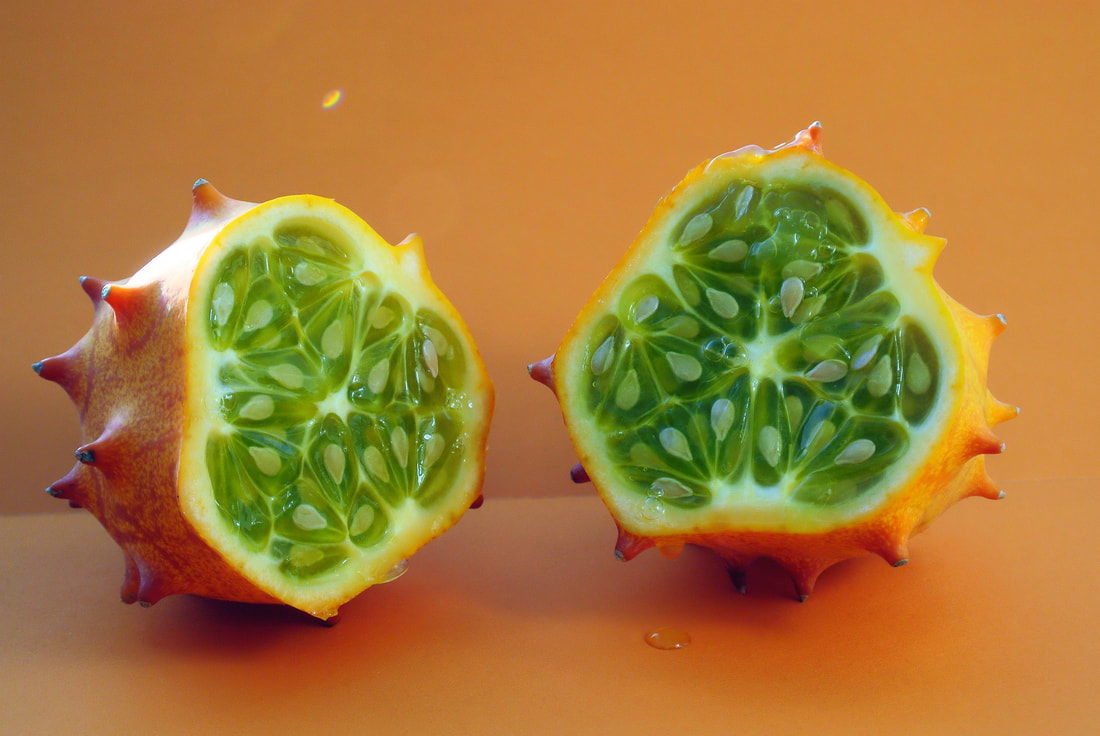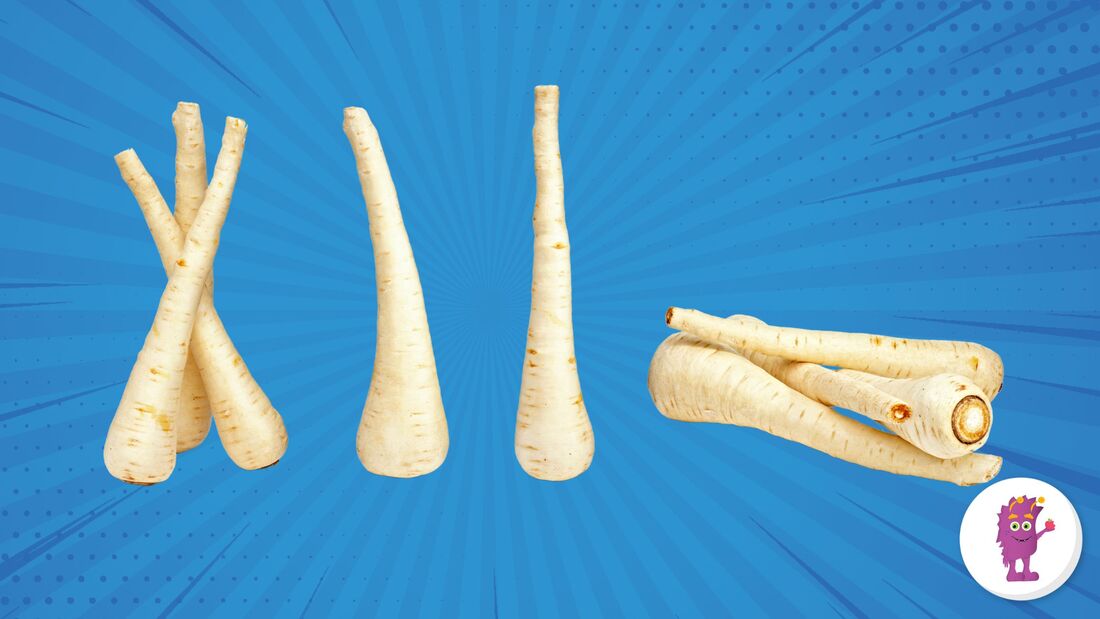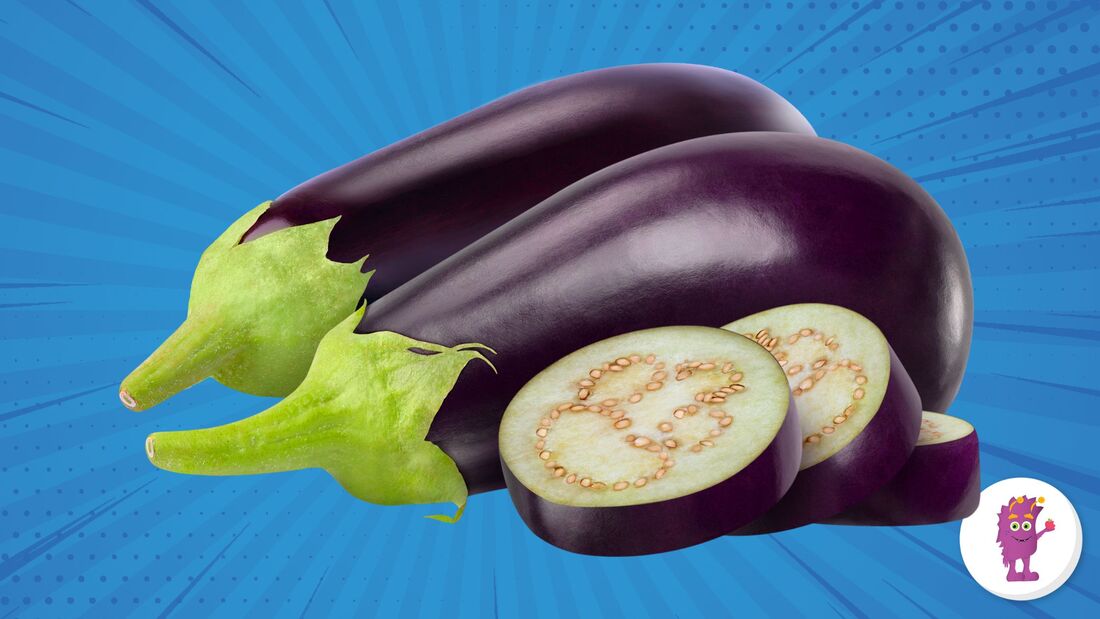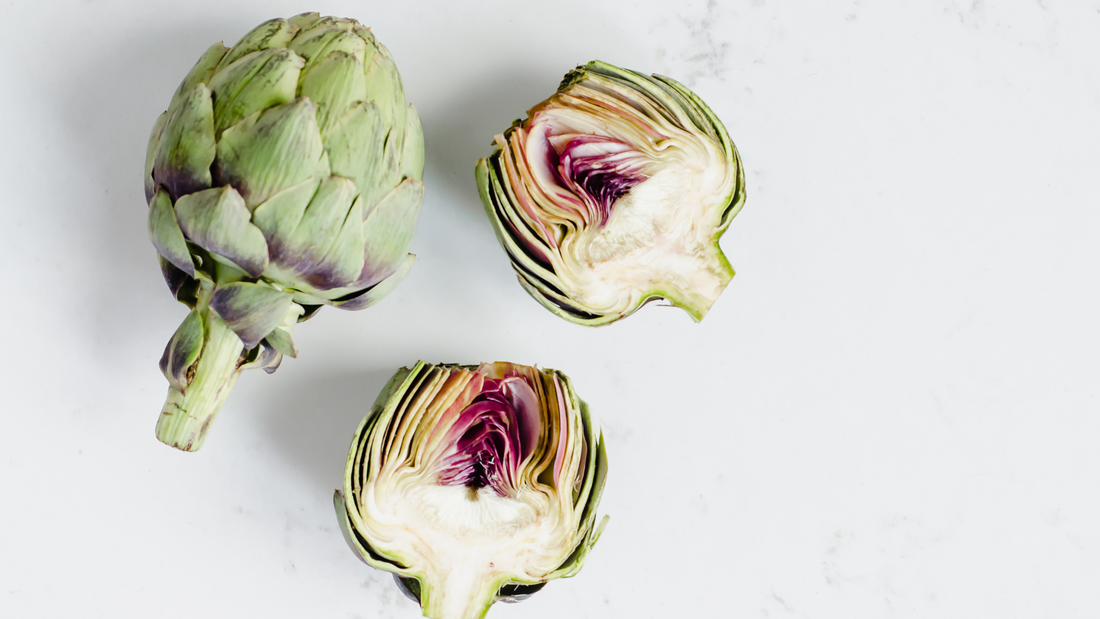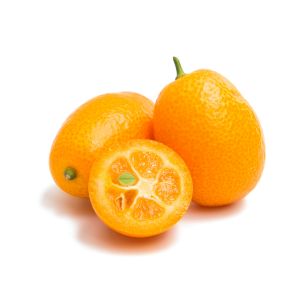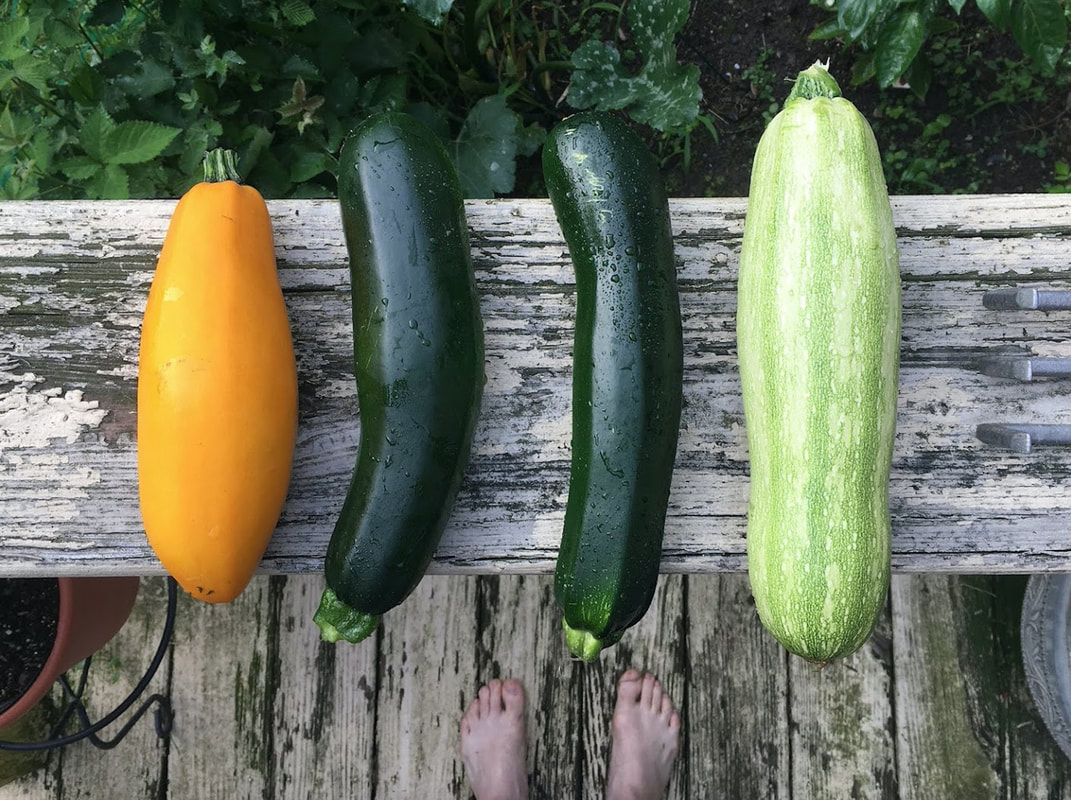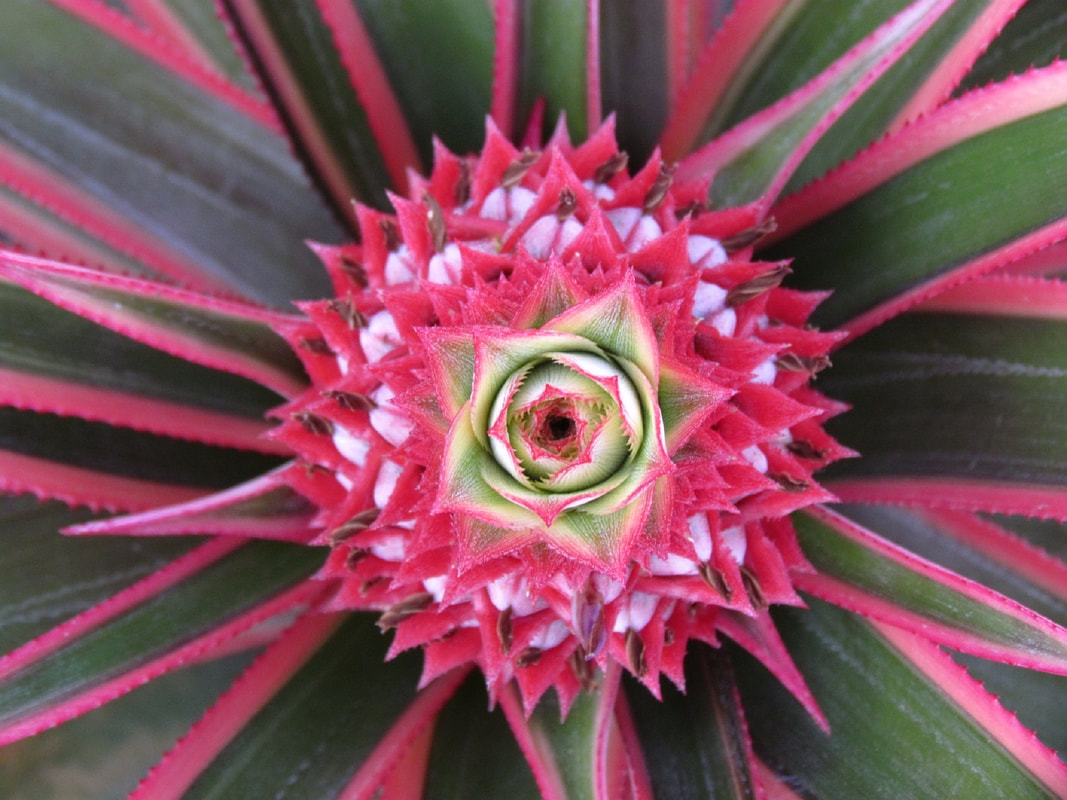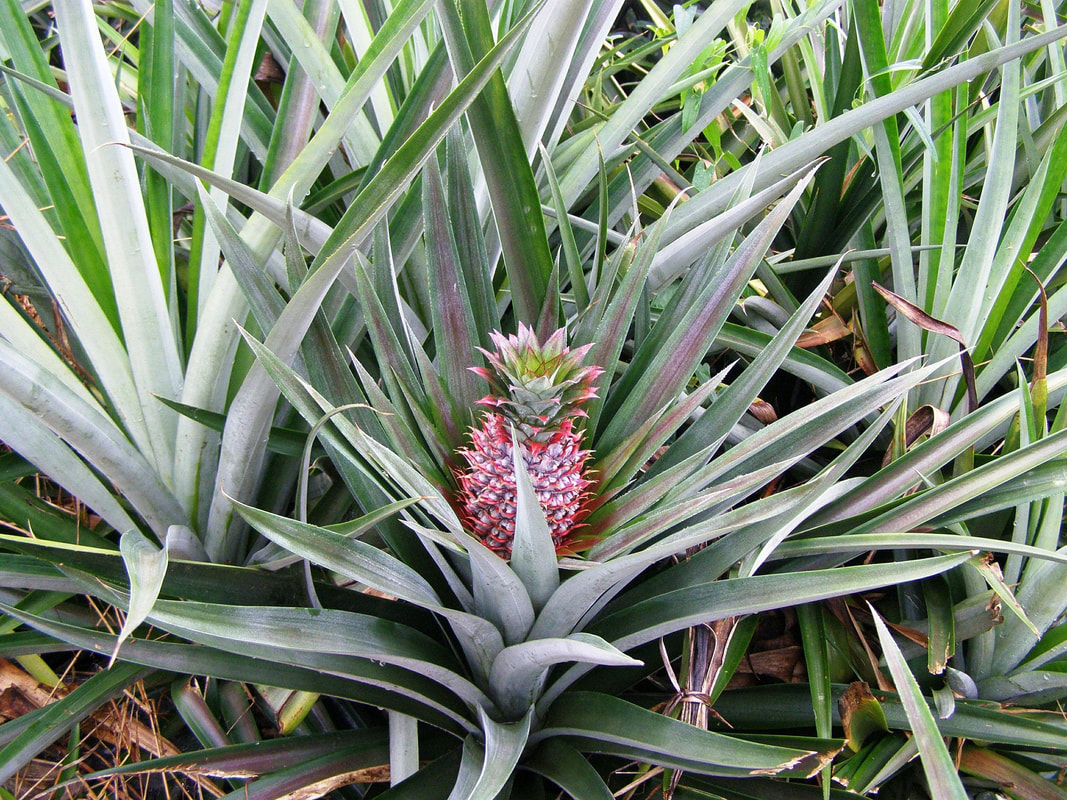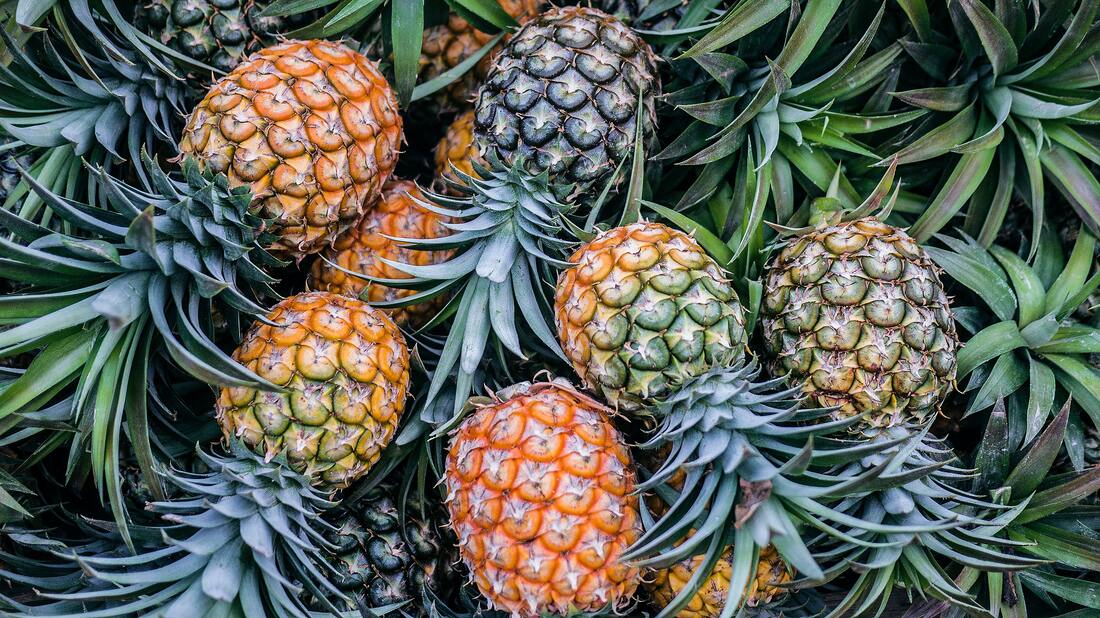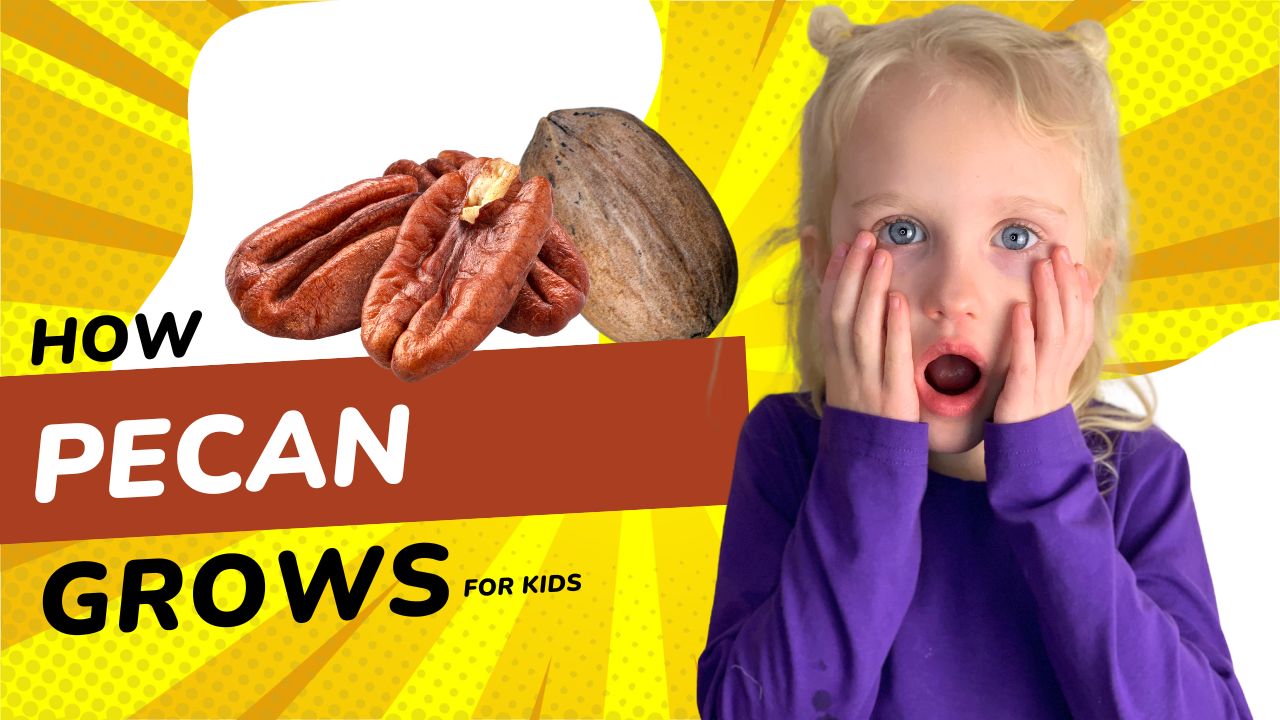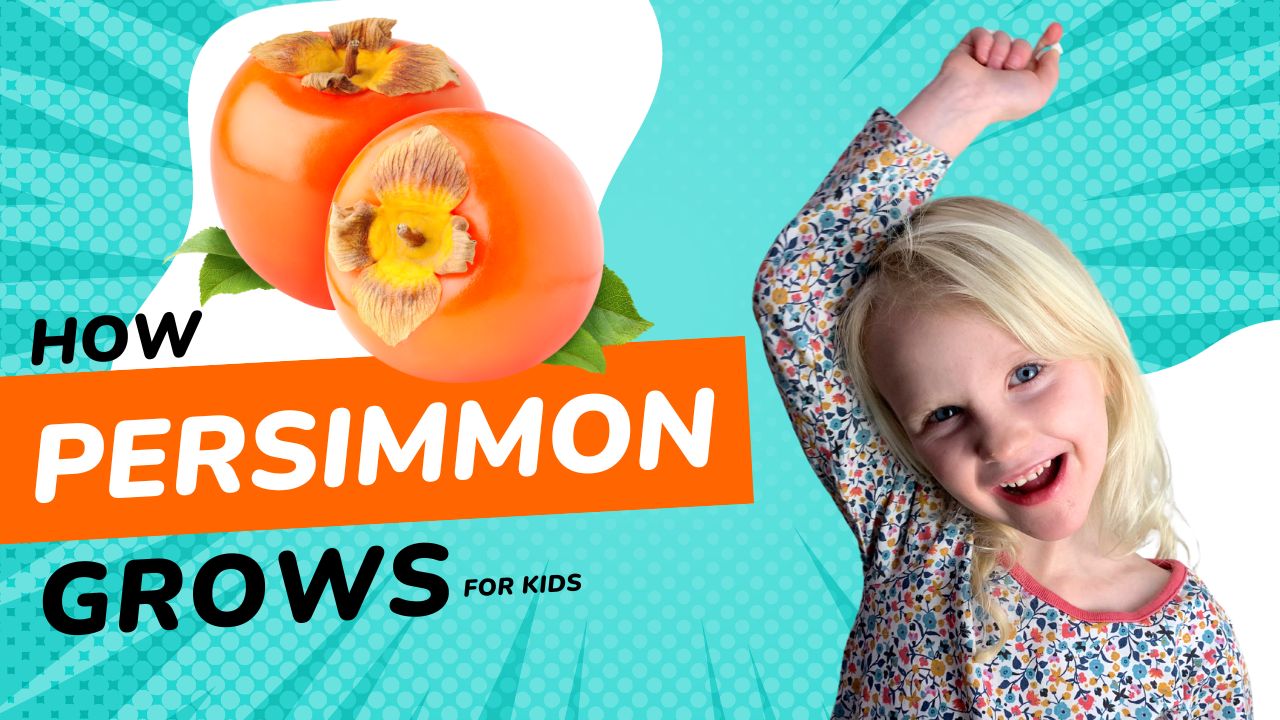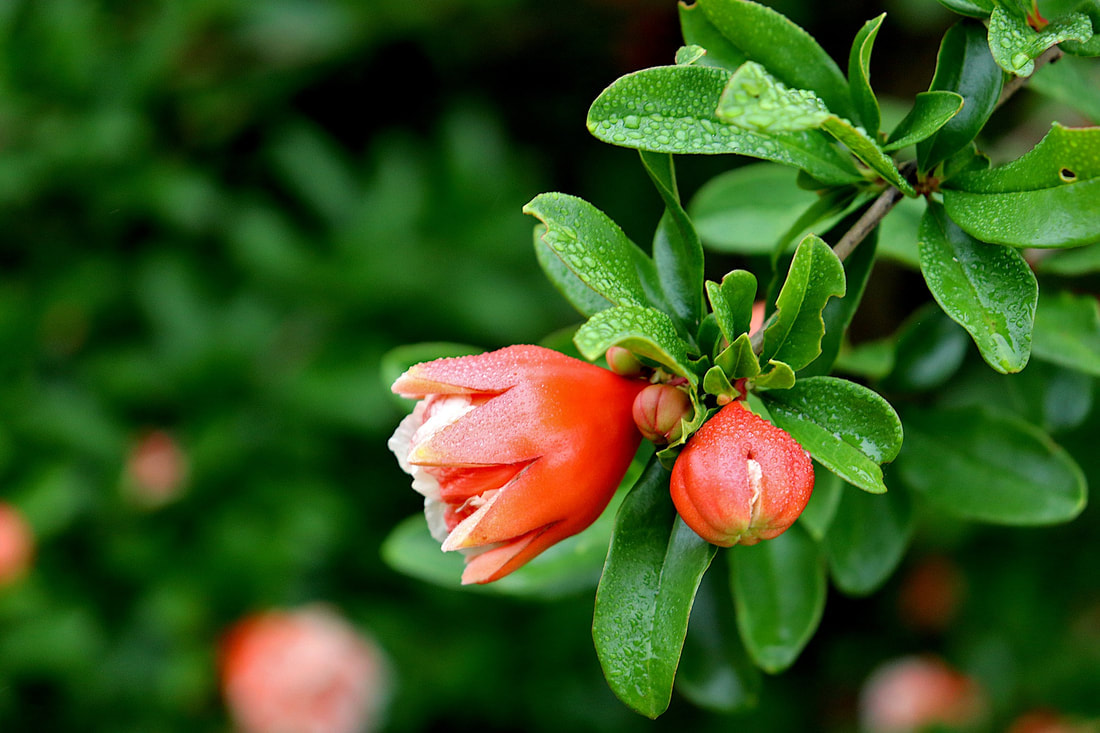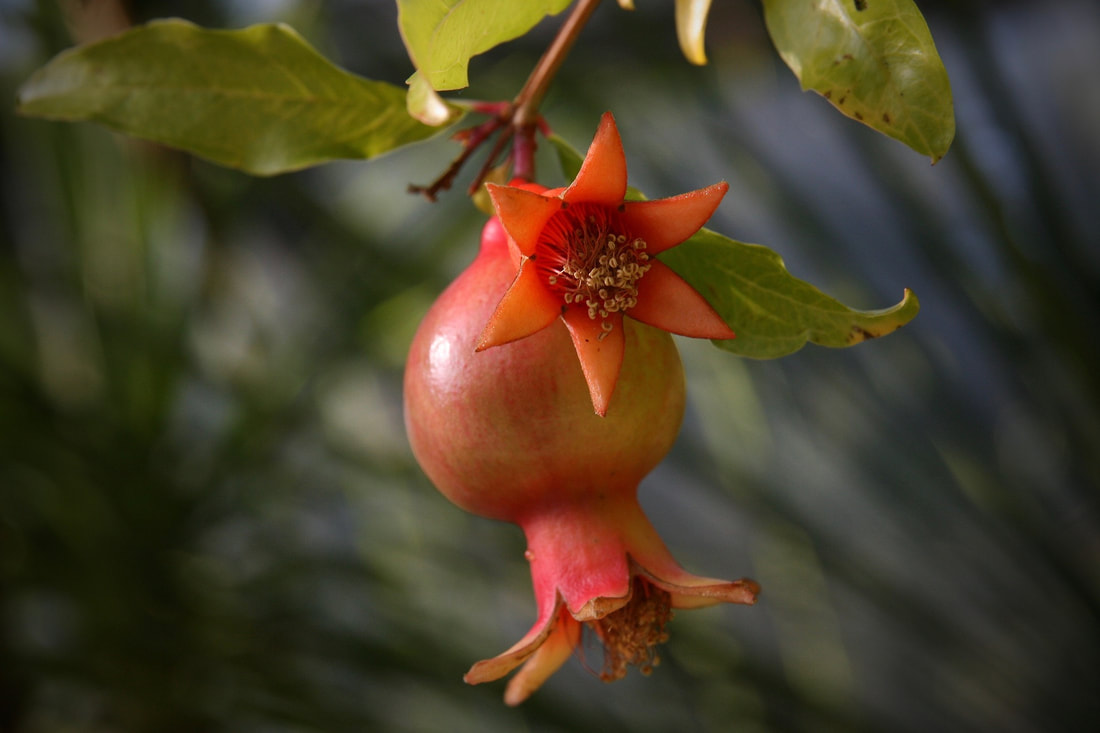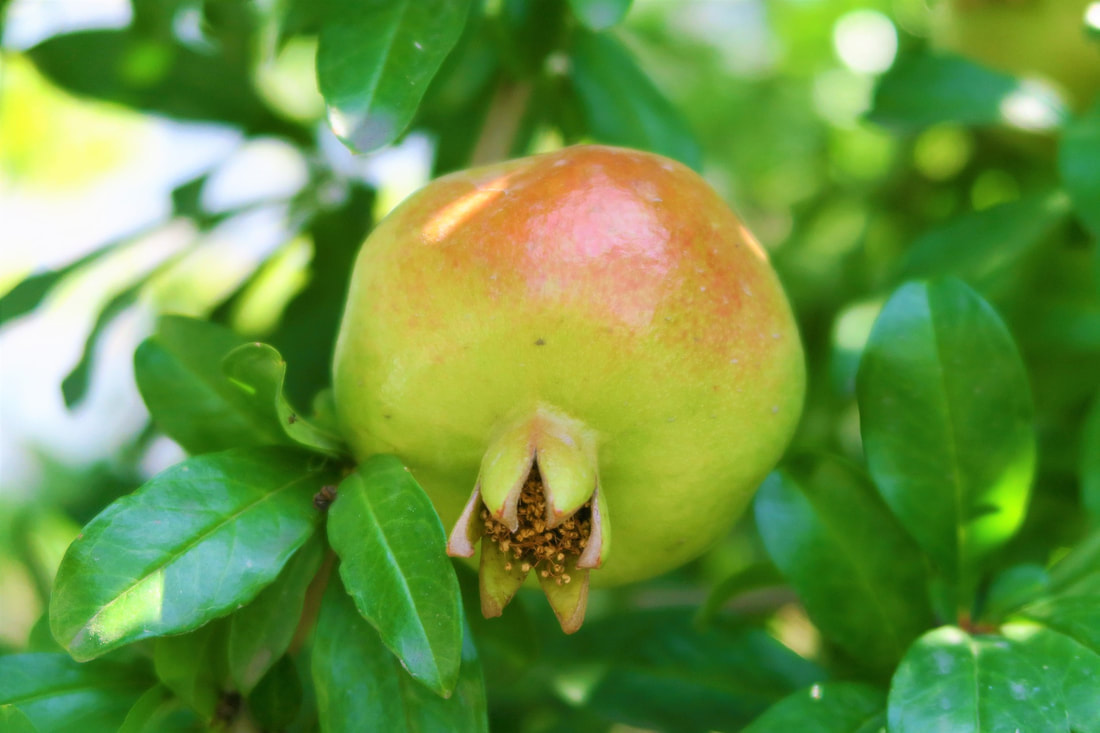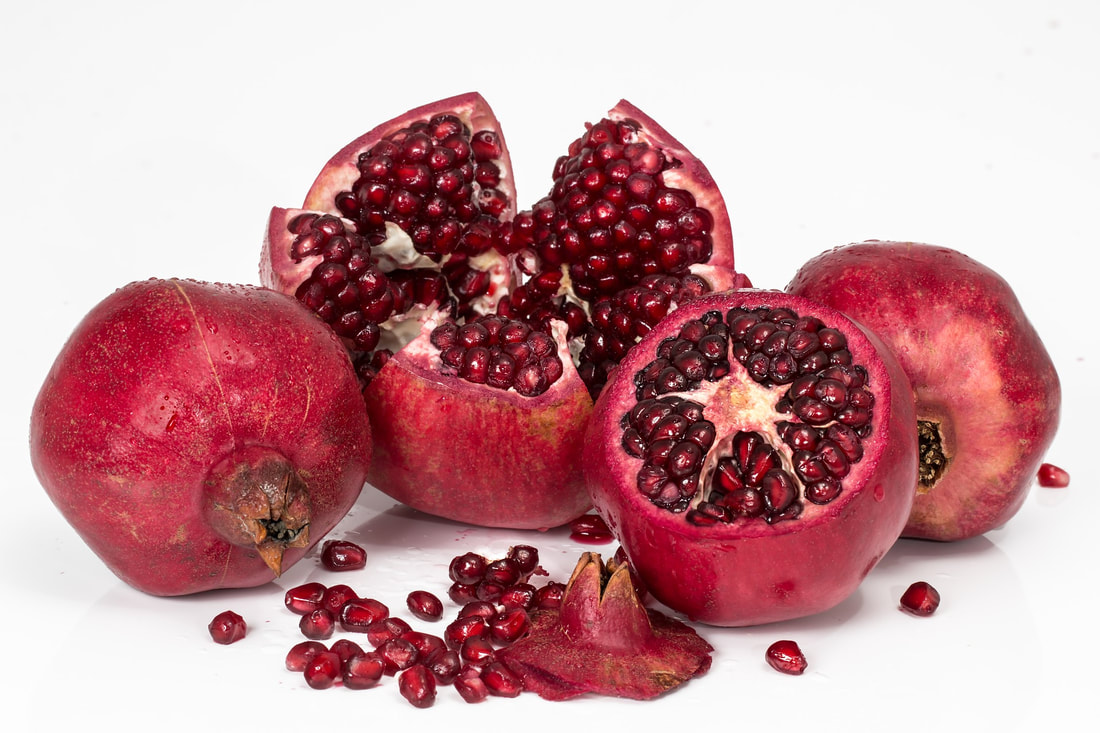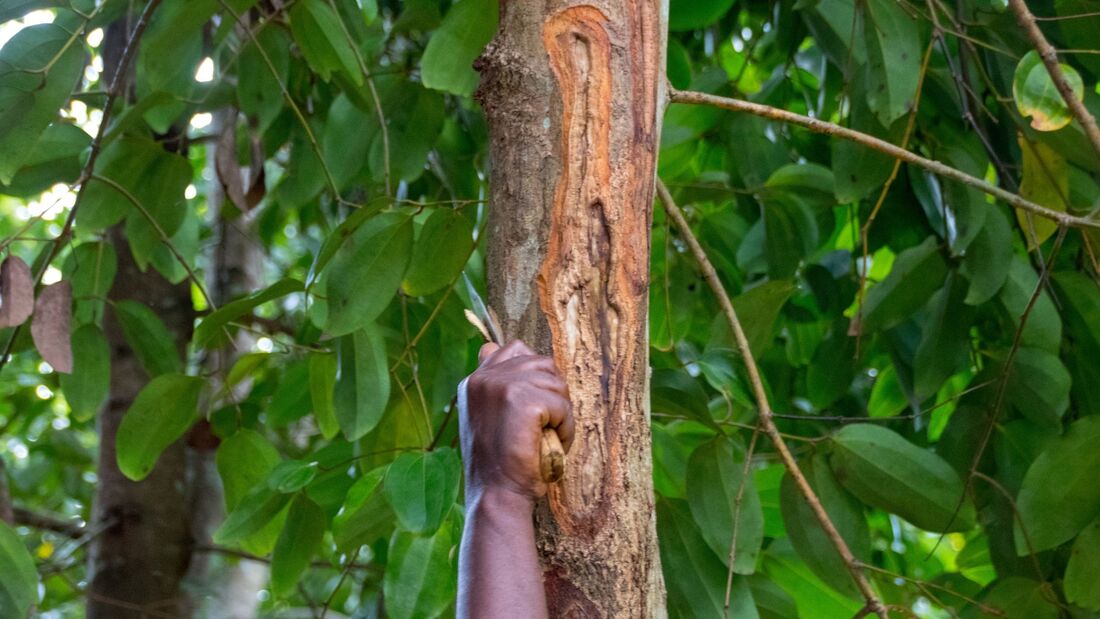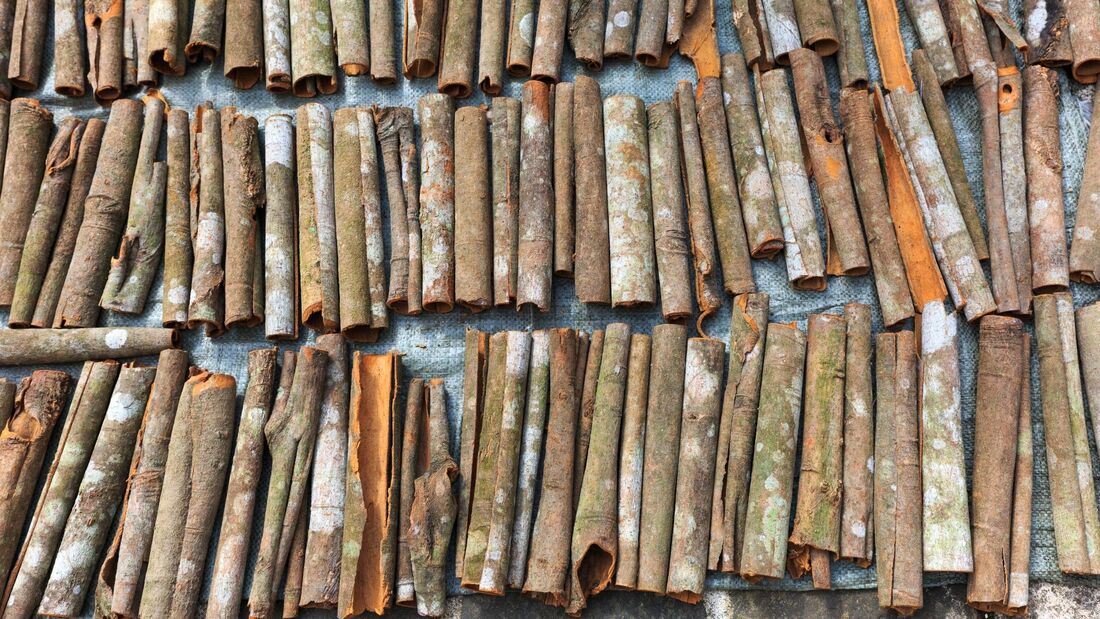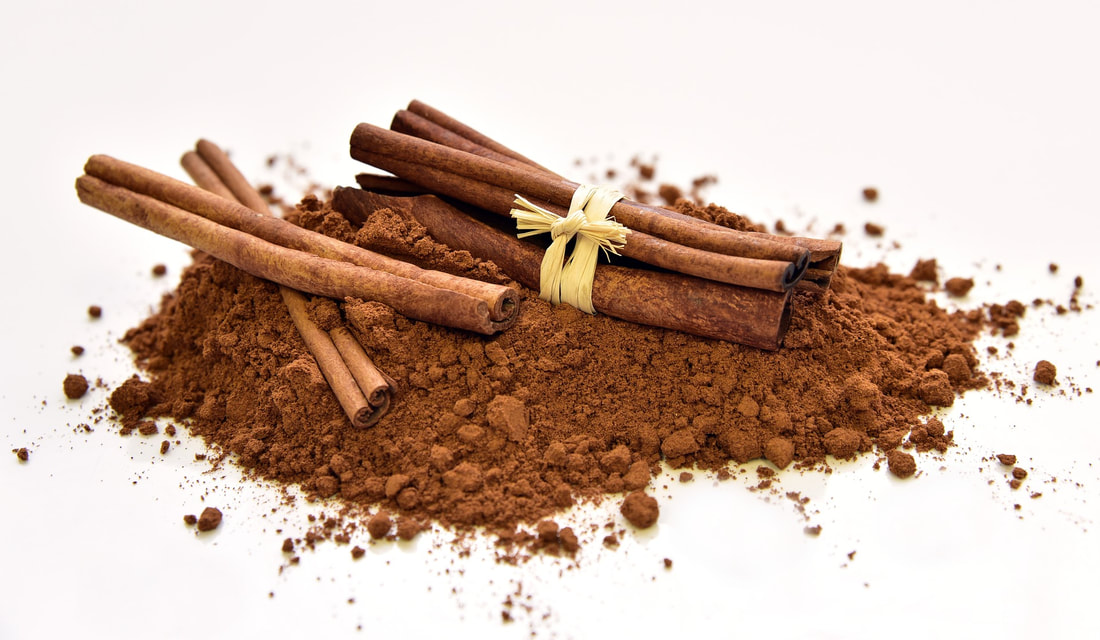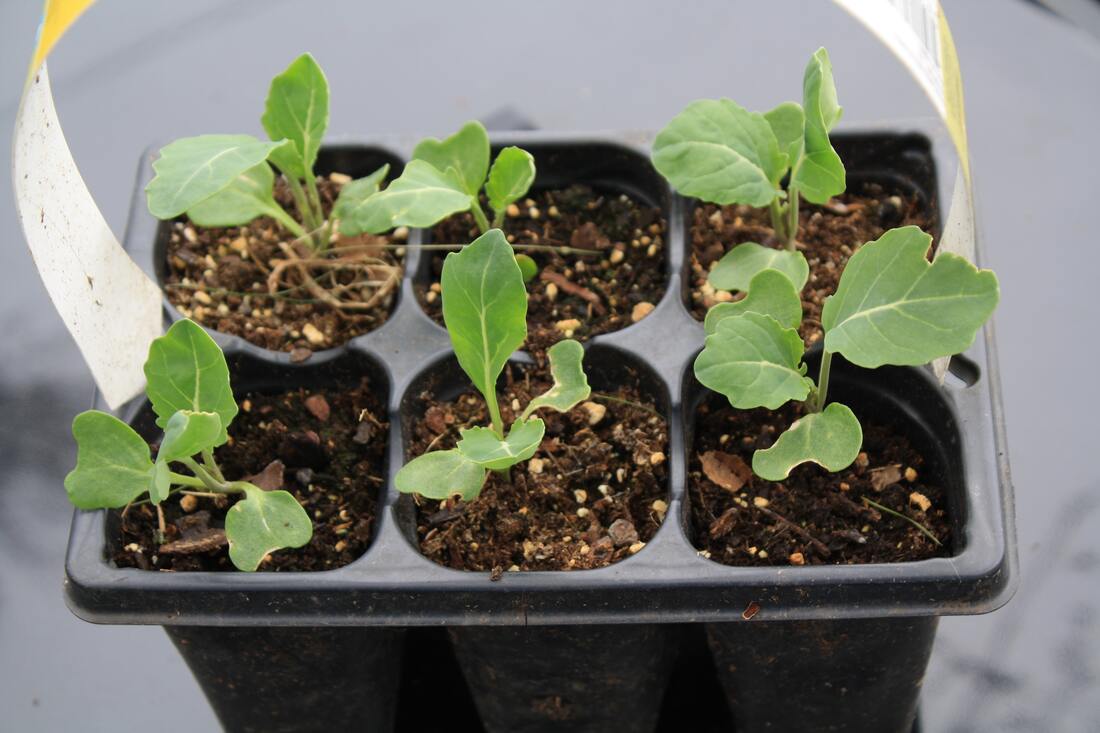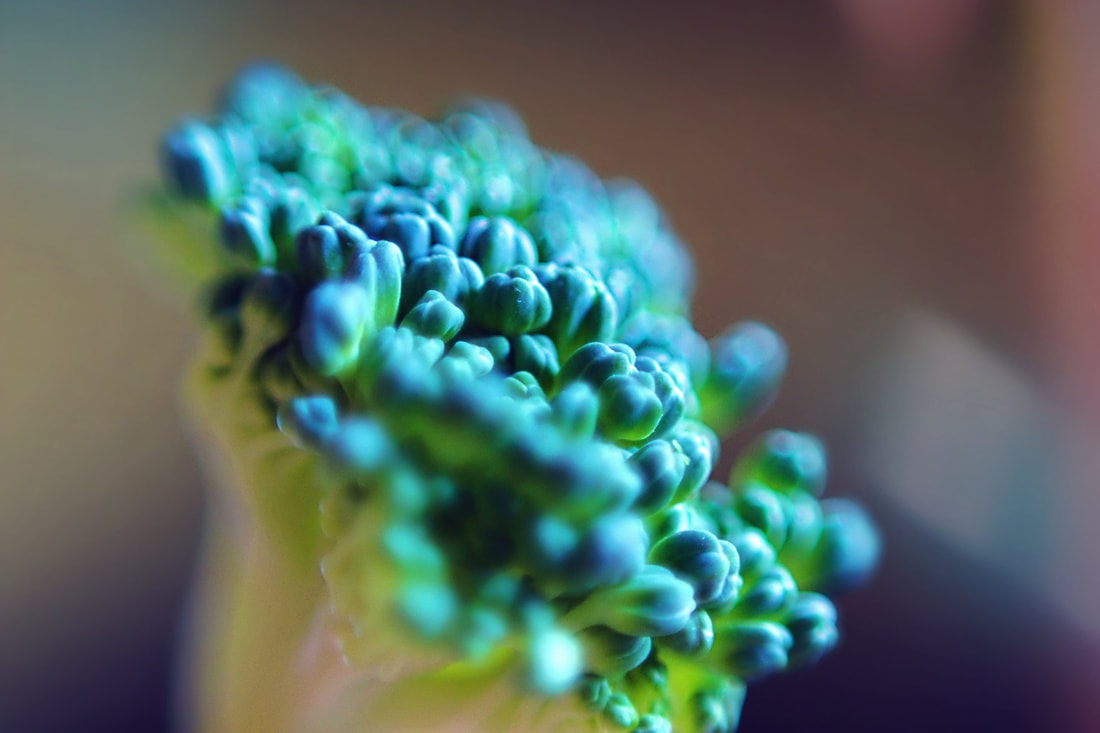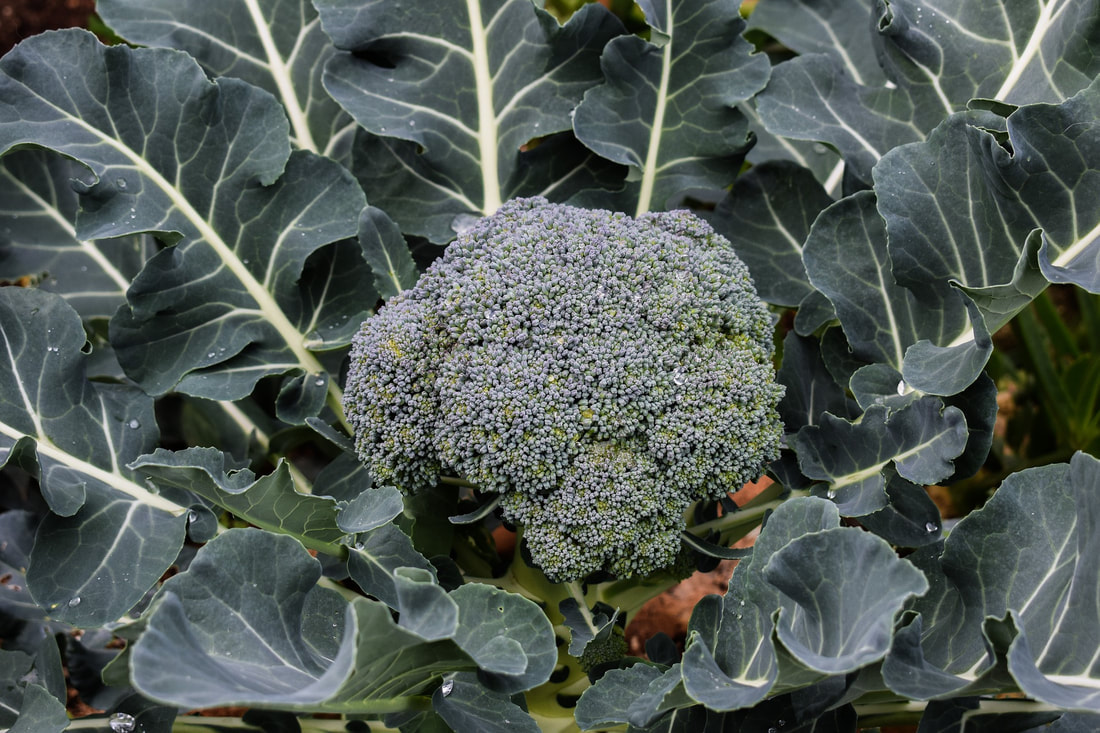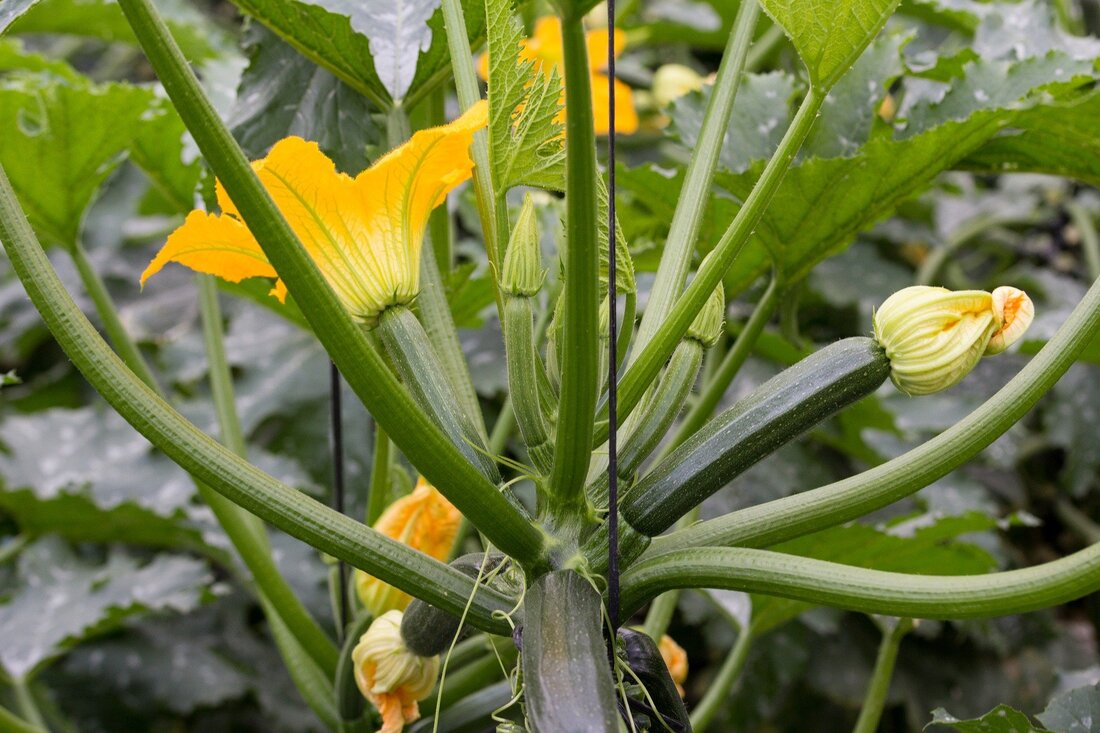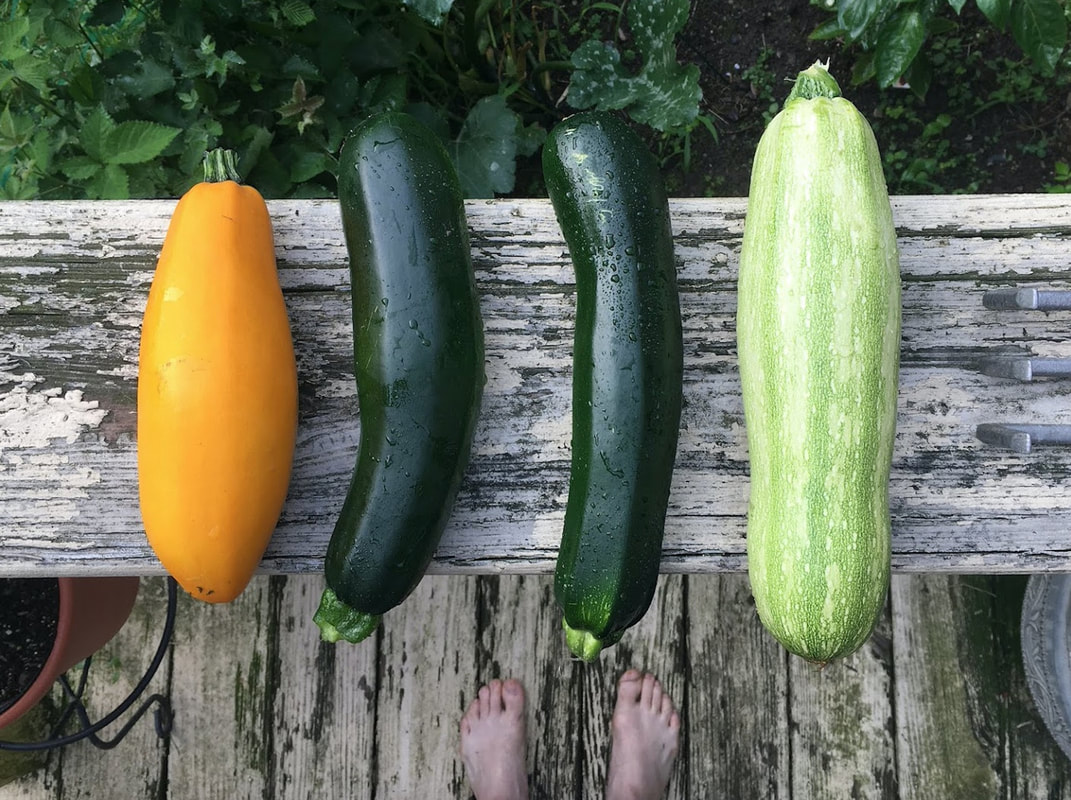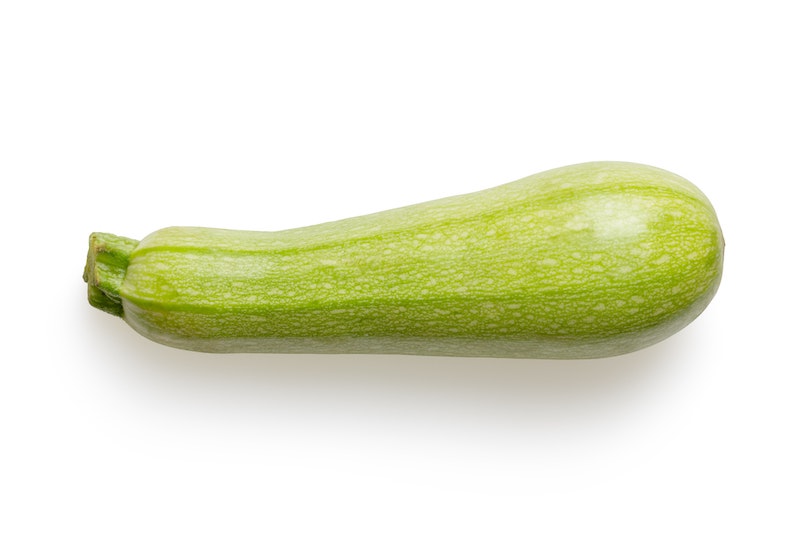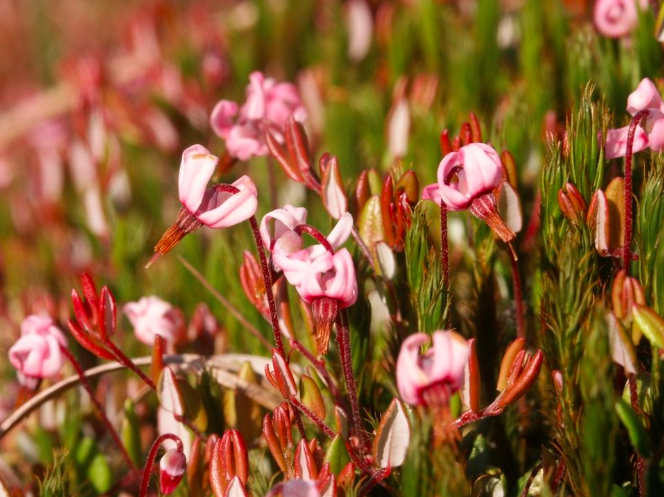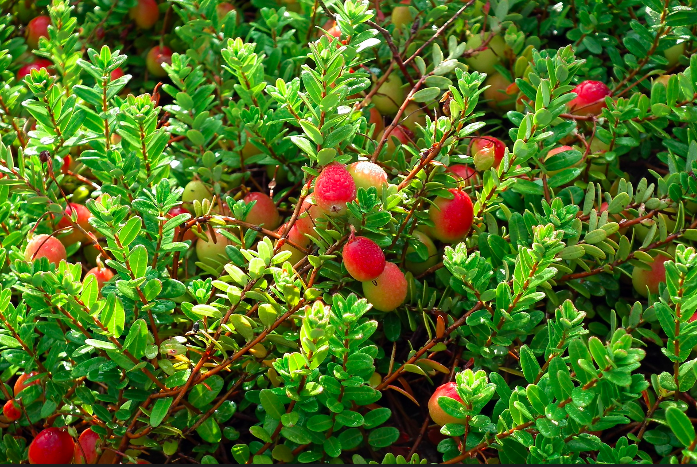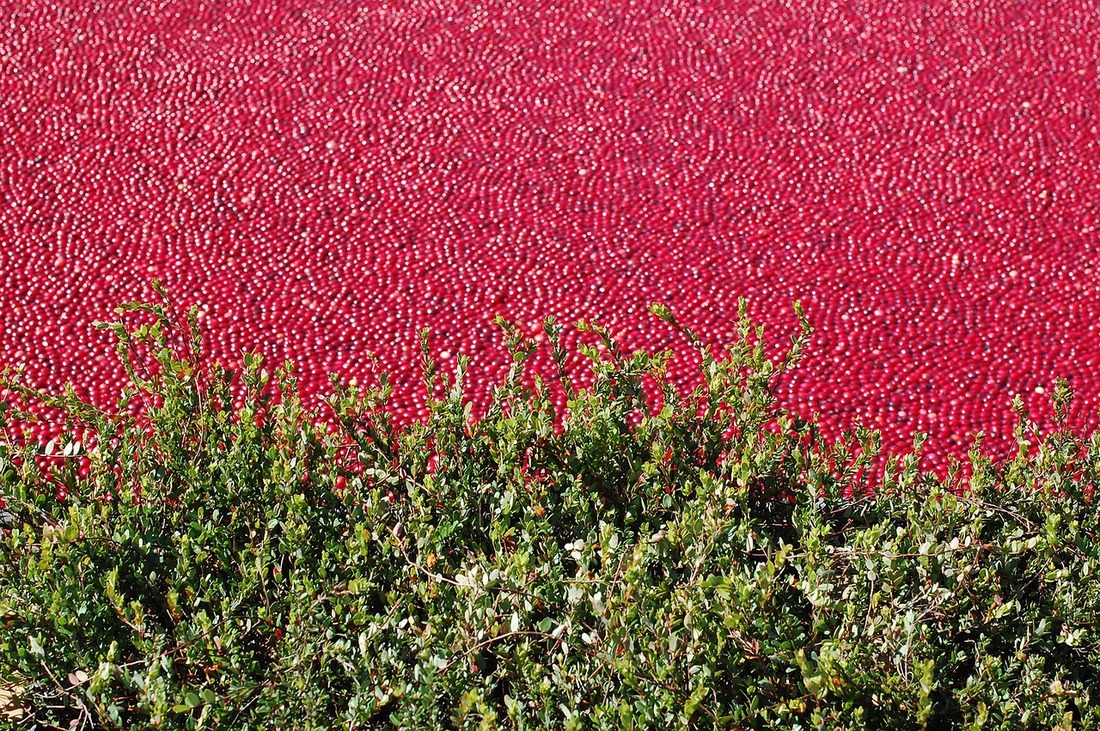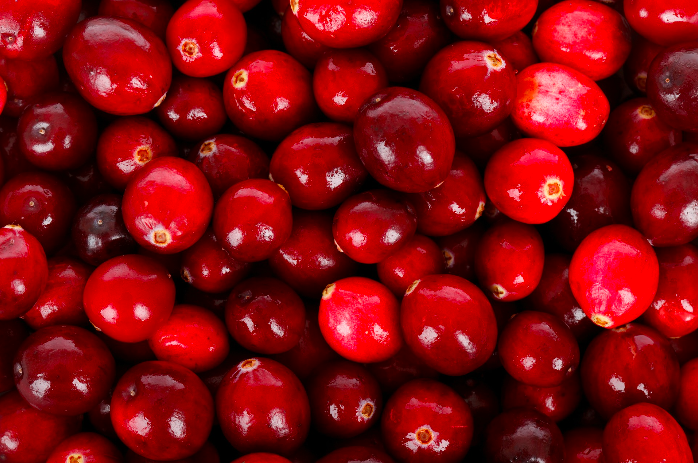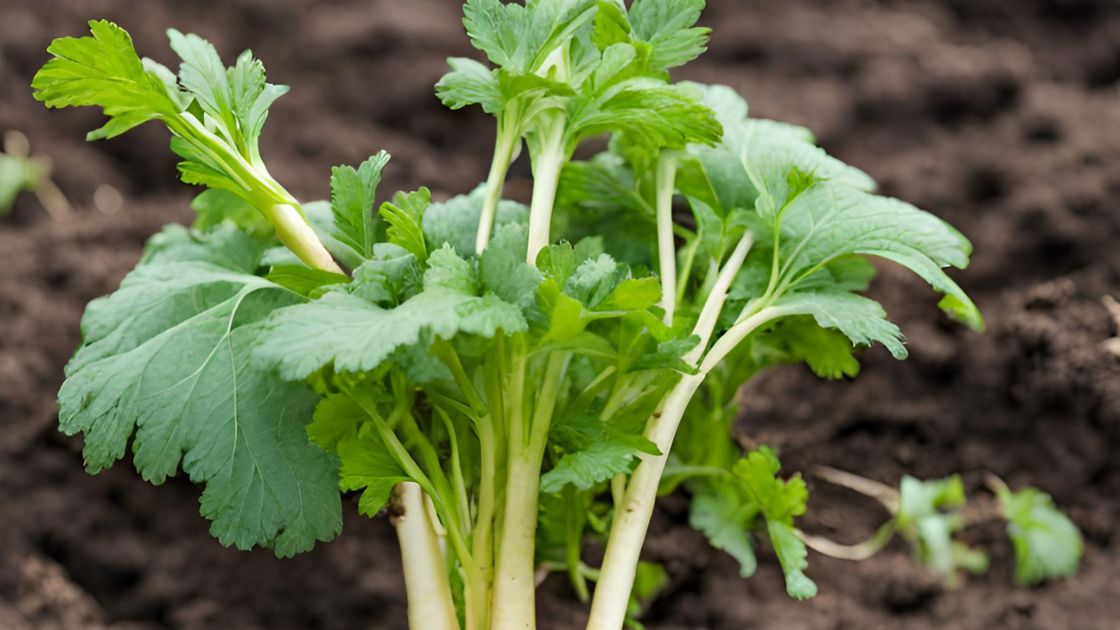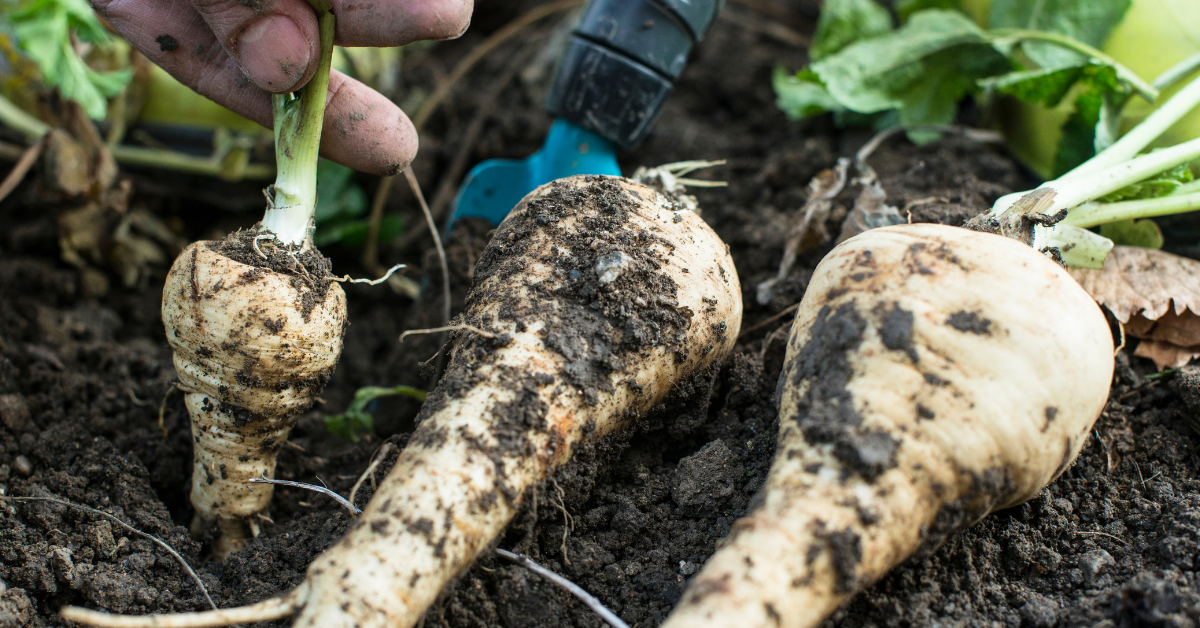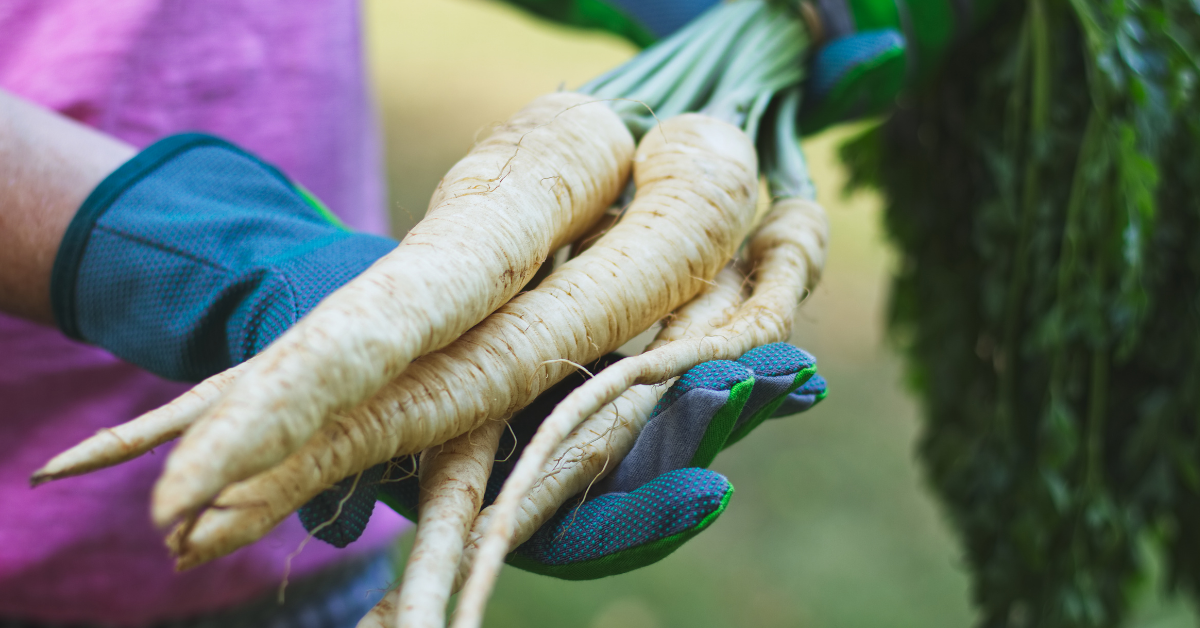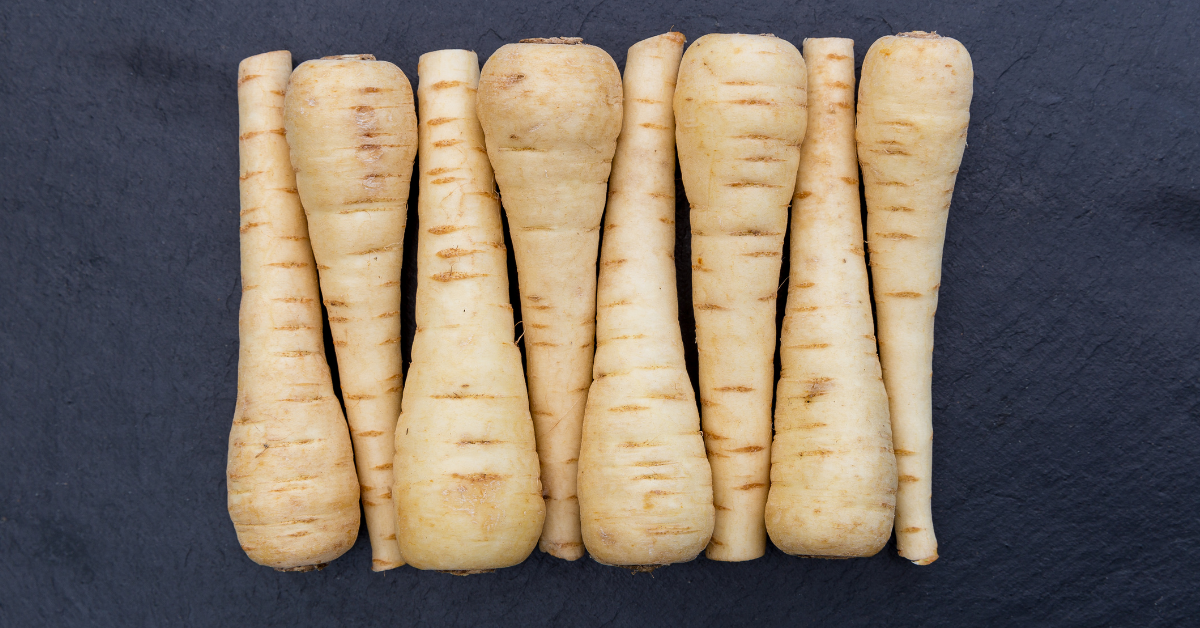|
In the realm of exotic fruits, there's one that stands out for its striking appearance and unique flavor: the kiwano. Join us as we embark on a journey to discover the wonders of this extraordinary fruit, uncovering its tantalizing taste and exploring why it's becoming a new favorite for adventurous eaters everywhere. Where Kiwano Grows Hailing from the African continent, the kiwano, also known as the African horned melon or the jelly melon, is a true marvel of nature. With its spiky orange exterior and vibrant green flesh dotted with edible seeds, the kiwano is as visually stunning as it is delicious. Fun Facts About Kiwano
What to Do with Kiwano After being carefully picked, kiwano can be enjoyed in a variety of ways:
Embrace the Kiwano Craze Whether you're a seasoned foodie looking to expand your culinary horizons or an adventurous eater eager to try something new, the kiwano is a fruit worth exploring. Its vibrant flavor, nutritional benefits, and versatility in the kitchen make it a delightful addition to any meal or snack. So, the next time you're seeking a taste of the exotic, reach for a kiwano and let your taste buds take a trip to the wilds of Africa. With its unique combination of flavor and flair, the kiwano is sure to captivate your senses and leave you craving more. Feed your food curiosity! Snackster Sam provides fun and educational content about food that grows. Join the adventure. Download the Snackster Sam app from Google Play or the App Store!
In the world of culinary exploration, there's always room for discovering new flavors and ingredients that tantalize the taste buds and ignite the imagination. Today, we're shining a spotlight on a humble yet incredibly versatile vegetable that often gets overlooked: the parsnip. Join us as we delve into the wonderful world of parsnips and explore why Snackster Sam has found a new favorite in this unsung hero of the produce aisle. Parsnips, known scientifically as Pastinaca sativa, are root vegetables closely related to carrots and parsley, with a distinct sweet and earthy flavor profile. They're believed to have originated in Eurasia and have been cultivated for centuries for their culinary and medicinal properties. Where Do Parsnips Grow? Parsnips thrive in cool climates and are typically grown in temperate regions around the world. They prefer well-drained soil and are often planted in early spring for a late summer or fall harvest. While they can tolerate light frosts, prolonged exposure to freezing temperatures can damage the roots. Fun Facts About Parsnips
What Happens After Harvest After being harvested, parsnips require proper handling to maintain their freshness and flavor. They are typically cleaned, trimmed, and sorted before being packed for distribution. Once at home, store parsnips in a cool, dry place or refrigerate them in a perforated plastic bag to prolong their shelf life. Before cooking, wash parsnips thoroughly and peel away any tough or fibrous skin for the best texture and flavor. How to Cook Parsnip One of the most remarkable qualities of parsnips is their versatility in the kitchen. These root vegetables can be prepared in numerous ways, making them suitable for a wide range of dishes. Here are just a few ways you can enjoy the culinary magic of parsnips:
So, the next time you're strolling through the produce aisle, don't overlook the humble parsnip. Embrace its sweet and earthy flavors, and let your creativity run wild in the kitchen. Who knows? You might just discover your new favorite ingredient, just like Snackster Sam did. So, the next time you're strolling through the produce aisle, don't overlook the humble parsnip. Embrace its sweet and earthy flavors, and let your creativity run wild in the kitchen. Who knows? You might just discover your new favorite ingredient, just like Snackster Sam did. Parsnip chirivía Feed your food curiosity! Snackster Sam provides fun and educational content about food that grows. Join the adventure. Download the Snackster Sam app from Google Play or the App Store
Today, we're delving into the intriguing world of eggplants – those versatile vegetables that add depth and flavor to a wide array of dishes. Join me as we uncover the mysteries of this humble yet remarkable ingredient, from its origins to its culinary potential. How and Where It Grows Eggplants, also known as aubergines in some parts of the world, are believed to originate from India. Today, they are cultivated in various regions globally, with China and India leading the pack in eggplant production. Interestingly, New Jersey holds the title for the highest eggplant production in the United States. Seasonality Eggplants thrive in warm, temperate climates and are typically in season during the summer months. This is when you'll find them at their peak, with markets overflowing with an abundance of vibrant purple, orange, white, red, or green varieties. 5 Fun Facts
How to Eat It So, how should you enjoy this culinary chameleon? Start by slicing or dicing the eggplant and incorporating it into your favorite dishes. Whether roasted, grilled, sautéed, or baked, eggplant adds a rich, savory flavor and creamy texture to everything from curries and stir-fries to dips and casseroles. Conclusion Intrigued by the allure of eggplants? Dive deeper into the world of this versatile vegetable by watching our video eggplants. Get ready to elevate your cooking game with the purple powerhouse of the produce aisle! Feed your food curiosity! Snackster Sam provides fun and educational content about food that grows. Join the adventure. Download the Snackster Sam app from Google Play or the App Store
Today, we're delving into the fascinating world of artichokes – those enigmatic vegetables that tantalize taste buds and spark culinary creativity. Join me as we uncover the secrets of this unique and versatile ingredient, from its humble beginnings to its culinary prowess. How and Where It Grows: Artichokes, revered for their tender hearts and savory flavor, are native to the western and central Mediterranean regions, as well as North Africa. These striking plants, members of the sunflower family, thrive in mild, temperate climates, where they bask in the Mediterranean sun. Seasonality: Artichokes have their moment in the spotlight during the spring and early summer months. This is when you'll find them at their peak, with markets brimming with fresh, vibrant globes waiting to be transformed into culinary masterpieces. 5 Fun Facts:
How to Eat It: So, how should you enjoy this culinary marvel? Start by trimming the tough outer leaves, then steam, boil, or grill the artichoke until tender. Once cooked, pluck the leaves one by one, dipping them in butter or aioli before scraping off the tender flesh with your teeth. Finally, savor the pièce de résistance – the artichoke heart – a tender, flavorful morsel that's perfect for dipping, stuffing, or adding to salads and pasta dishes. Conclusion: Intrigued by the allure of artichokes? Dive deeper into the world of this captivating vegetable by watching our video guide on how to select, prepare, and enjoy artichokes in various culinary creations. Get ready to embark on a culinary adventure unlike any other! Watch our video to unlock the secrets of artichokes and elevate your culinary repertoire! Feed your food curiosity! Snackster Sam provides fun and educational content about food that grows. Join the adventure. Download the Snackster Sam app from Google Play or the App Store!
Welcome, fruit enthusiasts! Today, we're exploring the delightful world of kumquats – those petite citrus gems that pack a punch of flavor in every bite. Join Snackster Sam as we uncover the secrets of this unique fruit, from its origins to its culinary versatility. How and Where It Grows: Native to Southeast Asia, particularly China, kumquats have been cultivated and enjoyed for centuries. These small, oval-shaped fruits thrive in subtropical climates and are cultivated in regions like Japan, Taiwan, and various parts of Asia. Kumquat trees bear clusters of vibrant orange fruits, adding a splash of color to the landscape. Seasonality: Kumquats are typically in season during the winter months, from late fall to early spring. During this time, you'll find them adorning trees in orchards and gardens, ready to be plucked and enjoyed. 5 Fun Facts:
How to Eat It: So, how should you enjoy this tiny citrus marvel? Simply pop them whole into your mouth for a burst of tangy sweetness, or slice them thinly to add a citrusy kick to salads, desserts, or cocktails. Get creative and experiment with kumquats in your favorite recipes to discover their versatile flavor profile. Conclusion: Intrigued by the allure of kumquats? Dive deeper into the world of this fascinating fruit by watching our video guide on how to select, prepare, and enjoy kumquats in various culinary creations. Get ready to embark on a citrusy adventure unlike any other! Watch our video to learn more about kumquats and unlock a world of flavor! Feed your food curiosity! Snackster Sam provides fun and educational content about food that grows. Join the adventure. Download the Snackster Sam app from Google Play or the App Store
Hey there, Snacksters! Let's dive deeper into the delightful world of zucchini. Whether you're a seasoned snacker or just exploring healthier snack options, zucchini is a veggie superstar that deserves a spot in your snack rotation. Where It Grows: Zucchinis are cultivated in various regions across the globe, thriving in warm, temperate climates. You'll find them in gardens, farms, and markets in places like the Mediterranean, North America, and parts of Asia. Seasonality: Zucchinis come into their prime during the warmer months, typically from late spring to early fall. However, thanks to modern agricultural practices and global trade, you can enjoy zucchinis year-round, no matter the season. 5 Fun Facts about Zucchini:
Why Zucchini? Zucchinis are not only delicious but also incredibly versatile. They have a mild, slightly sweet flavor that pairs well with a wide range of ingredients. Looking for a quick and easy snack? Slice up some raw zucchini and dip it in hummus or your favorite dressing for a refreshing treat. Craving something a bit heartier? Grill zucchini slices and layer them with cheese for a tasty twist on a classic sandwich. And let's not forget about zucchini bread – a moist, flavorful loaf that's perfect for breakfast or anytime snacking. Watch the video to learn more: Feed your food curiosity! Snackster Sam provides fun and educational content about food that grows. Join the adventure. Download the Snackster Sam app from Google Play or the App Store!
What am I?I am a tropical fruit that is known for my spiky exterior and juicy, golden flesh inside. I have a sweet and tangy flavor that many people enjoy, and I'm often used in both sweet and savory dishes. My name can be traced back to the 1493, when I was discovered in the islands south of Florida by famous Spanish explorers. Can you guess what I am? Where I growI grow best in tropical and warm climates, like Costa Rica, Brazil, and Hawaii. I need lots of sunshine and a warm climate to grow and thrive. I don't grow from a seed. Instead, the top of the fruit is cut off and put back into the ground. You might be surprised to know I grow out of the ground from a plant that has long spiky leaves. In the center, you'll find my fruit. When I'm starting to grow, multiple berries fuse together to make the fruit you'll eat. After I'm pickedIt can take about 3 years until my plant fully grows my fruit and I'm ready to pick. I don't ripen after I'm picked, so you should eat me right away! If you are saving me for a special occasion, set me in the fridge until you're ready to eat. Then cut off the scales on my skin and the hard core of my fruit. I can be eaten fresh, added to fruit salads, used in smoothies, or even grilled for a delicious tropical twist. Did you guess... PineappleEspañol: piña Good job! Pineapple is delicious raw, in smoothies, and even cooked! Have you had a fresh pineapple? Watch the video to learn more: Feed your food curiosity! Snackster Sam provides fun and educational content about food that grows. Join the adventure. Download the Snackster Sam app from Google Play or the App Store!
Get ready to embark on a crunchy journey into the world of pecans! These versatile nuts not only add a delightful crunch to your favorite dishes but also have a fascinating story from growth to harvest. Let's dive into the pecan orchards and explore the seasonality, consumption, and intriguing facts surrounding this beloved nut. Where and How It Grows Pecans, scientifically known as Carya illinoinensis, are native to North America and thrive in a variety of climates. The pecan tree, with its distinctive compound leaves, provides shade and shelter to the developing nuts during the growing season. As the pecans mature, they are protected by a green husk that keeps them safe throughout the summer. When it's time for harvest, the husk undergoes a magical transformation, turning from green to brown, signaling that the pecans are ready to be picked. Seasonality Pecan trees typically bear fruit in the fall, and the nuts are ready for harvest when the green husk turns brown. Pecans are available in the grocery store without the shells year round. How to Eat It Pecans are incredibly versatile in the kitchen. Whether you sprinkle them over salads, incorporate them into baked goods, or enjoy them straight out of the bag, their buttery taste adds a delightful dimension to a variety of dishes. Fun Facts Fact 1: The Protective Husk A green husk keeps the pecan safe all summer. When it's ready to pick, the husk turns brown, signaling the beginning of the harvest season. Fact 2: The Tree's Dance Farmers employ a unique method for pecan harvesting - they shake the tree, and the pecans gracefully fall to the ground. The nuts then rest on the ground, basking in the sun and air for a few days. Fact 3: Pecan Diversity Believe it or not, there are over 1,000 kinds of pecans. This incredible diversity ensures that pecan enthusiasts can enjoy a wide range of flavors and characteristics. Fact 4: Flame-Tested Goodness Here's a unique test for pecan ripeness - when the pecan is ripe, farmers light it on fire. If it holds a flame like a candle, it's ready to eat. A quirky yet effective way to ensure peak flavor. Fact 5: Stars and Stripes Pecans Did you know that 80% of pecans are grown in the United States? The pecan is not just a nut; it's an American treasure. In conclusion, the journey of pecans from the orchard to your table is a testament to the marvels of nature and the hard work of farmers. As you enjoy the buttery goodness of pecans, take a moment to appreciate the intricate process that brings this delightful nut to your plate. Happy pecan indulging! Feed your food curiosity! Snackster Sam provides fun and educational content about food that grows. Join the adventure. Download the Snackster Sam app from Google Play or the App Store
Are you wondering what persimmons taste like and fun information? Persimmons are vibrant orange fruits that not only add a burst of color to your fruit bowl but also pack a sweet and flavorful punch. Let's take a journey into the origins, cultivation, and fascinating facts about this ancient fruit, and discover the best ways to savor its unique taste. Where and How It Grows Persimmons, scientifically known as Diospyros, have their roots deeply embedded in China, where they were cultivated over 2,000 years ago. Today, China continues to be the largest producer of persimmons. These fruit-bearing trees thrive in temperate climates, with varieties found in Asia, Europe, and North America. Persimmons come in various shapes and sizes, but the two main kinds you'll encounter are the Fuyu and Hachiya. Fuyu persimmons are a joy to eat while still firm, offering a crisp texture and a slightly sweet taste. On the other hand, the Hachiya variety demands patience. These should be fully ripe and soft before indulging in their succulent, honey-like flesh. The persimmon tree, with its distinctive glossy green leaves and vibrant orange fruits, adds aesthetic appeal to orchards. Interestingly, the wood of the persimmon tree boasts remarkable strength, making it a popular choice for crafting golf club heads, pool cues, furniture, and more. Seasonality Persimmons typically have two primary seasons. In the fall, the Fuyu variety graces us with its firm and crisp texture, while the Hachiya variety takes its time to ripen, becoming soft and ready to eat later in the season. This dual-season showcase ensures a prolonged period of enjoyment for persimmon enthusiasts. How to Eat It Now, let's unravel the secrets of savoring persimmons. Fuyu persimmons can be enjoyed straight off the tree or sliced and added to salads for a delightful crunch. Their sweet flavor also makes them a fantastic addition to desserts, smoothies, or enjoyed on their own as a refreshing snack. Hachiya persimmons, with their soft and gooey consistency, are best enjoyed by cutting off the top and scooping out the sweet, jelly-like flesh. They make an excellent addition to baking, adding natural sweetness to muffins, cakes, and puddings. Whether you prefer the crisp bite of a Fuyu or the gooey indulgence of a ripe Hachiya, persimmons offer a versatile and delicious addition to your culinary repertoire. Fun Facts Fact 1: Two Sides of Deliciousness There are two main kinds of persimmons - Fuyu and Hachiya. Fuyu can be eaten while still firm, while Hachiya should be fully ripe and soft before consuming. Fact 2: A Culinary Time Travel Persimmons have a long history, having been cultivated in China over 2,000 years ago. Imagine indulging in the same delightful fruit enjoyed by ancient civilizations! Fact 3: Wood of Strength The wood of the persimmon tree has been used for making golf club heads, pool cues, furniture, and more because the wood is so strong. Nature's gift extends beyond the fruit itself. Fact 4: The Banana Trick You can make persimmons ripen faster by placing them in a paper bag with a banana. A simple kitchen hack for those who can't wait to savor the sweetness. Fact 5: China's Proud Produce Persimmons are native to China, and to this day, China remains the largest producer of these delectable fruits. It's a testament to the fruit's enduring popularity and cultural significance. In conclusion, persimmons are not just a tasty addition to your fruit bowl; they carry a rich history and versatility that extends beyond the kitchen. Whether you enjoy them firm or wait patiently for them to ripen, persimmons are a true delight for the senses. Now, armed with knowledge about their seasonality and the best ways to enjoy them, embark on a sweet journey into the fascinating realm of persimmons! Feed your food curiosity! Snackster Sam provides fun and educational content about food that grows. Join the adventure. Download the Snackster Sam app from Google Play or the App Store
What am I?I have a long history of being a desired fruit. I'm actually a berry and my juicy inside is full of seeds, called arils. I'm usually red, but I have a variety of hues from yellow to deep red. Where I growI grow on shrubs, bushes, or trees. I'm very versatile in how I can grow. In fact, my tree can be used to make Bonsai trees (small trees about 12 inches tall). I am from the Middle East, and I like a hot, dry climate. After I'm pickedAfter growing for about 7 months, I'm ready to be picked. I don't ripen off the tree, but I can be stored in the refrigerator for up to 2 months. My arils (the juicy seeds you eat) can be even frozen. There are many different methods to separate my arils from the spongy membrane that holds the inside together, but it's worth the trouble! Did you guess... PomegranateEspañol: granado You're right! Have you tried pomegranate? Feed your food curiosity! Snackster Sam provides fun and educational content about food that grows. Join the adventure. Download the Snackster Sam app from Google Play or the App Store
What am I?I'm one of the world's favorite spices. I'm in some of the most popular desserts. I bet you didn't know that I am the bark of a tree. In ancient history, I was an expensive gift given to important rulers, like kings, queens, and pharaohs. Can you guess what I am? Where I growI grow on a tree. I am native to Sri Lanka, a small country next to India. My tree grows berries, which you can also eat. To make the spice, only the bark and leaves are used. Farmers plant and grow the tree for two years, then cut the stems at the ground. The next year, many new shoots (like branches) grow. After I'm pickedAfter I'm cut down, farmers have to work quickly while the wood is fresh. The outer bark is scraped off then the trees are hit to loosen the inner bark. The bark is then cut and dried where it curls into rolls. After its dry, it's cut into smaller sections or ground into powder. Did you guess... CinnamonEspañol: canela Isn't that amazing that cinnamon is bark from a tree? Watch the video to see how cinnamon is grown and harvested! Feed your food curiosity! Snackster Sam provides fun and educational content about food that grows. Join the adventure. Download the Snackster Sam app from Google Play or the App Store!
What am I?I'm the fastest growing annual plant. I love the cold, so I'm usually grown in the spring or late fall. I'm usually green, but my flower can also be purple. Can you guess what I am? Where I growI grow on the ground in gardens and farms across the world. I need sun, cool temperatures, and nutritious soil to grow. I am so easy to grow, I am available year-round. My plant has thick, sturdy stems and large green florets that make me easily recognizable. After I'm pickedThe part that is picked is actually a flower. After I'm picked, I should be kept cool in a damp towel in the refrigerator. When you're ready to eat it, just wash with cold water, cut it up, and enjoy raw or cooked. I can be added to soups, salads, and even as a raw snack with dips. Did you guess... BroccoliEspañol: brócoli You're right! Did you know you can eat the broccoli sprouts, the leaves, and the flower? The flower is the part you normally eat! What am I?I am technically a fruit, but you find me in the vegetable section at the grocery store. I am a type of summer squash. I can be green, yellow, or white. The variety you get today comes from Italy. You can eat my flesh, skin, seeds, and even my flower! Can you guess what I am? Where I growI grow on a bush-like vine. I grow in warm climates. I need lots of sun to grow. My plant has boy and girl flowers. Bees and other insects pollinate the flowers, and then my fruit grows. I grow fast! Within 1 to 2 months, I'm ready to pick. Keep me on the plant and I will keep growing! The largest of me was over 8 feet long! That's huge! But you wouldn't want to eat me, I'm best when I have the most flavor when I'm small! Once I'm picked, I can be made into anything, from bread to chocolate cake! After I'm pickedDid you guess... ZucchiniEspañol: calabacin Did you guess Zucchini? Zucchini can be eaten fresh or made into a lot of foods! Feed your food curiosity! Snackster Sam provides fun and educational content about food that grows. Join the adventure. Download the Snackster Sam app from Google Play or the App Store
What am I?I'm native to the United States and have been an important food for American Indians. Now, I'm most commonly eaten for a day full of turkey and stuffing - like Thanksgiving! I have a lot to offer and can be enjoyed year round. Can you guess what I am? Where I growI'm a berry, and I grow on vines in northern United States. I grow in a bog, which is a special wetland with sand, gravel, and a plant called peat. My plant grows every year and can live a very long time! I take my sweet time to grow... 16 months! Many people think I grow in water, but I don't. After I'm pickedI'm actually not picked. The bog where my plants grow are flooded with water. If I'm ripe, I'll float! Then I am picked up with a special truck. Even though I take a long time to grow, I never get sweet when I ripen. I'm tart and am usually cooked with sugar. I can also be dried and juiced! Did you guess... CranberryEspañol: arándano Did you eat cranberries for Thanksgiving? Happy Thanksgiving from Snackster Sam! We are grateful for YOU! Watch the video to learn more about cranberries! Feed your food curiosity! Snackster Sam provides fun and educational content about food that grows. Join the adventure. Download the Snackster Sam app from Google Play or the App Store.
What am I?I look a lot like a carrot and I smell like parsley. I'm actually related to both plants. While I taste delicious, I'm not that popular. It's possible that you have never tried me. What am I? Where I growI grow IN the ground. Leave me there until winter's frost, and I become sweeter! Before cane sugar, I was used to sweeten foods. After I'm pickedI'm known for my distinct flavor and crunchy texture. After I'm picked, I should be put in the fridge and kept cool. I'm most commonly baked, but I can be eaten raw too. Did you guess... ParsnipEspañol: chirivía Parsnips are full of flavor and sweet crunchy vegetables! If you haven't tried one, you should! Parsnip FactsThe parsnip (Pastinaca sativa) is a root vegetable. The parsnip is native to Eurasia; it has been used as a vegetable since antiquity. It was cultivated by the Romans. It was used as a sweetener before the arrival in Europe of cane sugar. The plant is closely related to carrot and parsley; all belong to the family Apiaceae. Its long, tuberous root has cream-colored skin and flesh. Left in the ground to mature, it becomes sweeter in flavor after winter frosts. Parsnip Facts for Kids. Kiddle Encyclopedia. Get more facts like this on the Snackster Sam app. Snackster Sam provides fun and educational content about food that grows. Join the adventure. Get it where you get apps!
|
Categories
All
|
Our recipes and activities are always Snackster Sam approved and kid approved.
Feed your food curiosity!
How much do you know about the food on your plate?
Educational content about food that grows.
Free app available on Google Play & App Store.
How much do you know about the food on your plate?
Educational content about food that grows.
Free app available on Google Play & App Store.

